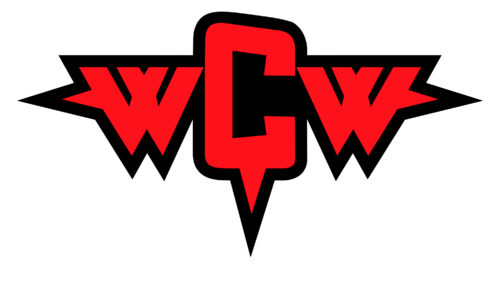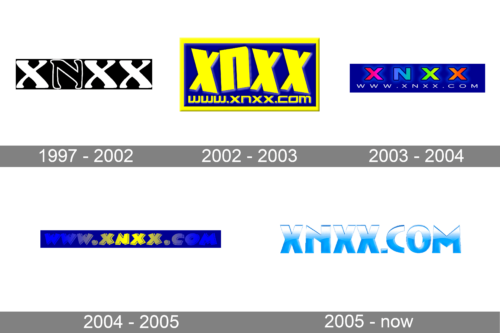
- Version
- Download 49
- File Size 30.42 KB
- File Count 1
- Create Date November 26, 2024
- Last Updated December 3, 2024
WCW (World Championship Wrestling) was a major force in professional wrestling from its inception in 1988 until its closure in 2001. Created by Ted Turner after acquiring Jim Crockett Promotions, WCW quickly became a prominent competitor to the WWF (now WWE). It is widely regarded for its innovative match types, including the famous WarGames and Trailer Park Match, which pushed the boundaries of traditional wrestling formats. WCW also popularized the concept of the "superstar" and helped pave the way for the rise of pay-per-view events.
The Rise and Fall of WCW
WCW saw its peak during the Monday Night Wars in the late 1990s, a period of intense competition with the WWF. During this time, WCW's roster boasted some of the biggest names in wrestling history, such as Hulk Hogan, Ric Flair, Sting, Goldberg, and DDP. However, despite its success, the company’s fortunes dwindled, and in 2001, WCW was purchased by its rival, the WWF, leading to its dissolution.
Evolution of the WCW Logo
The WCW logo underwent several transformations throughout its history, reflecting both the company’s growth and changing brand identity.
1982 – 1985: Early Beginnings
The original WCW logo, introduced in the early '80s, was deep blue, with the name "World Championship Wrestling" split across two lines. The letters were in all caps, with a slightly arched font that added a sense of sophistication. This version had a gradient effect that lent it a more professional appearance, setting the tone for the brand’s authoritative presence.
1985 – 1987: Bold, Geometric Style
In this period, the logo evolved with a bold geometric font. The first letters of each word were capitalized, and the name was aligned to the right with slight indentation, giving it a sense of movement. The color palette shifted to bright yellow and black, reflecting the dynamism and energy that defined WCW’s competitive wrestling style.
1987 – 1988: A Shift Toward Boldness
The 1987 logo marked a return to all caps, with a bolder and more dramatic appearance. The geometric, three-dimensional font stood out against a black background, although it lacked the vibrancy of the earlier yellow version. This design began to define the modern image of WCW.
1988 – 1999: The Iconic WCW Logo
The 1988 version of the logo was a turning point, shortening the name to "WCW" in bold, sharp-stroke letters that gave the logo a daring, confident look. The sharp corners and angular design represented strength, a fitting image for the promotion. This logo was used across various colors, such as red, black, purple, and blue, but always retained its bold, recognizable appearance.
1999 – 2001: The Final Chapter
In 1999, WCW introduced a striking, modern logo featuring an italicized, bold font. The letter “C” was elongated into an oval shape with pointed ends, and the letters were decorated with symmetrical, pointed elements that symbolized the two "W"s in "WCW." The sleek black and silver color palette gave the logo a futuristic edge, aimed at revitalizing the brand during a period of declining ratings.
2001: The End of WCW
When the WWF acquired WCW, the final logo design blended elements from earlier versions, notably the red and black color scheme. However, the boldness and energy that once defined WCW were now overshadowed by the sense of defeat, signaling the end of an era.
Font and Color Evolution
The WCW logo’s typography varied throughout its history, yet always maintained a bold, impactful aesthetic.
- 1982-1985: The early logos used a sans-serif font similar to Adver Gothic and later the LHF Convecta Base font.
- 1988: The logo used Helvetica Pro Black Condensed Oblique for the full name, and a bolder, edgier font for the "WCW" initials.
- 1999-2001: The italicized font resembled Onlytiful Regular and Etrusco Now Condensed Black Italic, with sharp, angular elements.
The color palette used by WCW was equally dynamic:
- Deep Blue represented authority and confidence.
- Red symbolized leadership and energy, often used in the company’s more vibrant logos.
- Black signified power and strength, especially during the more intense moments of the company’s history.
- Yellow was also used in certain versions, adding a bright, energetic pop to the logo.
The Legacy of WCW
Despite its eventual decline and acquisition by WWF, WCW's influence on professional wrestling remains undeniable. The company helped shape the industry, introducing innovative match types, creative storylines, and larger-than-life characters. Today, WCW is remembered fondly for its contributions to wrestling, and its logo continues to be an enduring symbol of the golden age of professional wrestling.
| File | Action |
|---|---|
| WCW Logo.png | Download |








